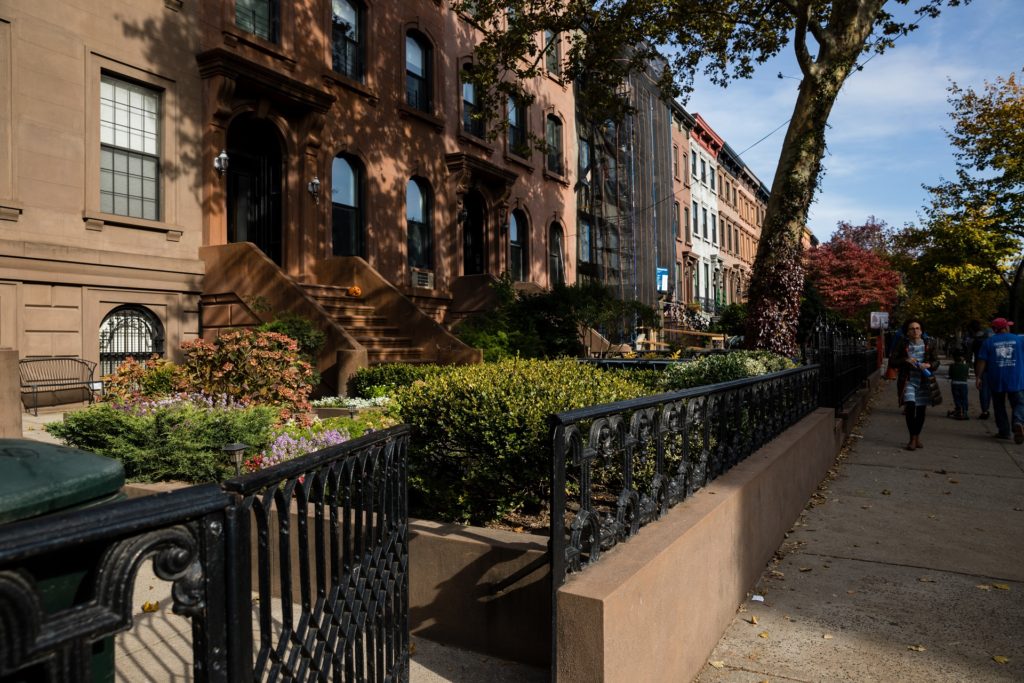Come see the fine flora in the Carroll Gardens Historic District
Eye on Real Estate

The greenery's dazzling in the Carroll Gardens Historic District. Eagle photos by Lore Croghan
Who puts the “garden” in Carroll Gardens? Every homeowner in the historic district.
Throughout this hot and humid summer, residents of the Carroll Gardens Historic District’s stunning brownstone blocks have kept their fleurs flourishing. Shrubs and tall trees on their properties add luxuriant foliage to the scenery. Grassy lawns grow here and there.
Thanks to the gardeners’ dedication, the landmarked district’s streetscapes are Instagram-worthy.
